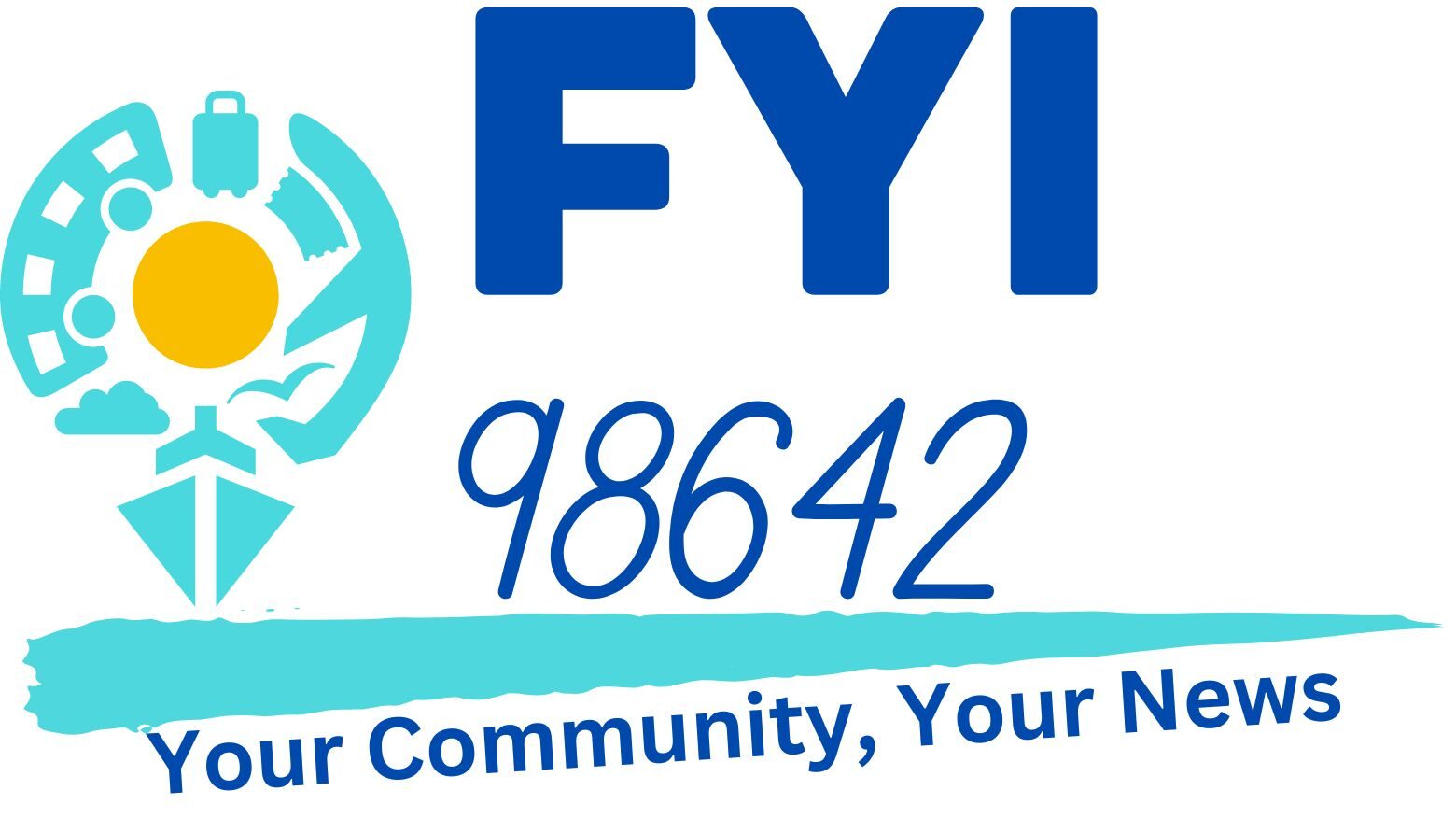Maryland has long grappled with the challenge of urban violence, with several cities consistently ranking among the most dangerous in the United States. As a new report sheds light on the state’s crime trends, it’s crucial to examine the factors contributing to this issue and explore potential solutions.
1. Elkton
Elkton, a suburb of Philadelphia in Maryland, is known for its high crime rate. With a population of around 15,807, the town’s total crime rate is 224% higher than the national average. Common crimes in Elkton include robberies, assaults, and personal theft, making its crime level much higher compared to its population size.
2. Baltimore
Baltimore, Maryland, stands out as one of the state’s most perilous cities. Being the most populated city, it harbors a significant crime issue. Its population of 585,708 witnesses a staggering total crime rate, soaring 173% higher than the national average.
Violence grips Baltimore tightly, with shootings, homicides, robberies, and gang disputes rampant. Additionally, theft-related offenses are prevalent. The city reported over 25,000 property crimes and more than 11,100 violent crimes in 2022.
3. Salisbury
Salisbury, a historic colonial town in Wicomico County, is home to around 33,050 people. Unfortunately, its violent crime rate is significantly higher than the national average, standing at 129%. In 2022, nearly 300 violent crimes were reported, a concerning number for a town of its size. Additionally, property crimes, including theft of personal belongings and property, are prevalent.
What Measures Are Being Taken to Reduce Crime in the Most Dangerous Cities in Maryland
Efforts to reduce crime in the most dangerous cities in Maryland involve a multifaceted approach aimed at addressing the underlying factors contributing to high crime rates. Strategies include:
1. Increasing Job Opportunities: Creating more job opportunities and promoting economic development can help reduce crime by providing residents with stable income and alternatives to criminal activities.
2. Addressing Drug Issues: Implementing programs to combat drug problems and addiction can significantly impact crime rates, as substance abuse often leads to criminal behavior.
3. Strengthening Community Engagement: Encouraging community involvement and collaboration with law enforcement agencies can enhance crime prevention efforts and foster a sense of ownership and safety among residents.
4. Law Enforcement Initiatives: Implementing targeted law enforcement strategies, such as community policing programs and task forces focused on high-crime areas, can help deter criminal activities and improve public safety.
5. Investing in Community Development: Directing resources towards community development initiatives, social services, and infrastructure improvements can create safer environments and address the root causes of crime.
By combining these approaches and fostering collaboration among government agencies, law enforcement, community organizations, and residents, Maryland aims to create safer environments and reduce crime rates in its most dangerous cities.
Conclusion
Maryland’s struggle with urban violence is a complex issue that requires a multifaceted approach. Addressing the root causes of crime, such as poverty, lack of economic opportunities, and systemic inequalities, is crucial. Additionally, building trust between law enforcement and the community, improving case clearance rates, and ensuring fair and equitable justice system practices are essential steps towards creating safer cities.
As Maryland continues to grapple with these challenges, it is clear that a collaborative effort involving law enforcement, community leaders, policymakers, and residents is necessary to break the cycle of violence and build a safer future for all.

